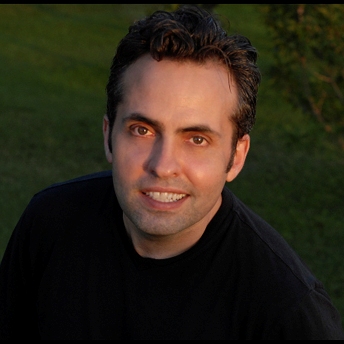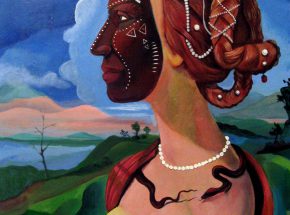

Messick’s first significant body of work was Corapeake (1995-2002). In this award-winning project, the artist intimately documented the remembrances of the elderly African American residents of Corapeake, North Carolina, with still photography, audio recordings, and moving film. The stories of love and loss and hope and faith that are at the heart of Corapeake are universal in their depiction of a time and experience not limited to African Americans or even small towns. They depict a disappearing way of life that was typical throughout rural America during the early and mid-twentieth century. According to Michael Wilmington of the Chicago Tribune, “Corapeake is a human chronicle of great sympathy, warmth and insight, photographed and edited with seemingly effortless artistry.”
This initial project culminated in a feature-length documentary film directed by Messick, and an installation-based exhibition that has traveled to museums and galleries since 2002, and is currently scheduled to travel through 2011. Corapeake has been repeatedly broadcast by a number of PBS affiliates throughout the country and was named a United States pre-selection finalist for INPUT 2003, which showcases the best of public television programming from around the world. Kendall Messick is an artist who constructs installations of still photography, film, video, and an ever evolving assemblage of two and three-dimensional media to tell stories. According to Messick, “At the core of my ongoing body of work is an exploration of memory, intimacy, acceptance and humanity. I strive to not only preserve and share stories that resonate on an emotional level but also to inspire viewers to reflect on their own life experiences.” Having studied at the International Center of Photography and the School of Visual Arts in New York City, Messick was the still photographer and co-creator for the acclaimed documentary video There is No Such Word as Can’t (1998). During the winter of 1999 he worked in Eastern Europe as the associate producer and still photographer for Here and Now, a documentary film on the Gypsies of Bulgaria. Messick’s photographs are in numerous public and private collections, including the Smithsonian Institution’s National Museum of American History in Washington, D.C., and the Museum of Modern Art in New York City.
Website
http://www.kmessick.com

